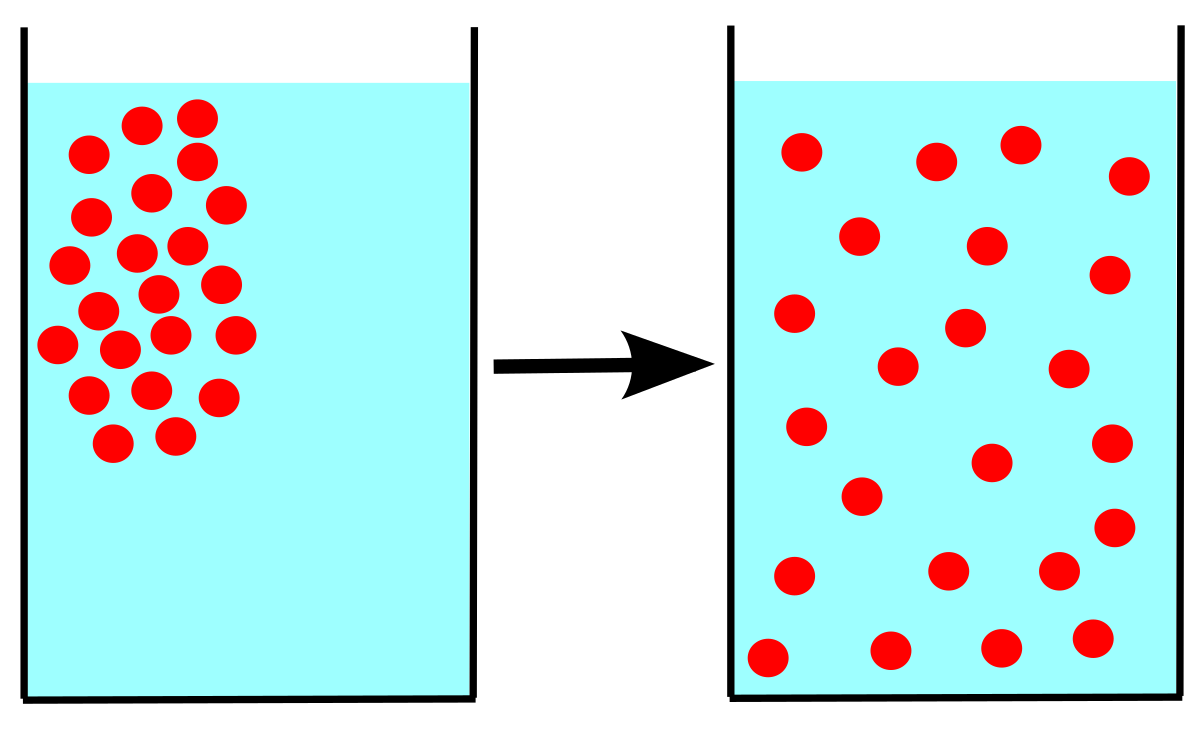Structure and functions in living organisms
1/42
There's no tags or description
Looks like no tags are added yet.
Name | Mastery | Learn | Test | Matching | Spaced |
|---|
No study sessions yet.
43 Terms
Elements present in carbohydrates
Carbon, Hydrogen, Oxygen
Elements present in protein
Carbon, Hydrogen, Oxygen and Nitrogen (also may contain sulphur/phosphorus)
Elements present in lipids
Carbon, Hydrogen, Oxygen (may also contain phosphorus/nitrogen)
Nucelus function
membrane-bound organelle that contains genetic material (DNA) and controls the cell’s activities
cytoplasm function
where chemical reactions take place
cell membrane function
a thin barrier that can control which substances enter and leave the cell
cellulose cell wall function
the rigid outer layer of a plant cell that supports it
what is a cellulose cell wall made of?
a strong carbohydrate formed from long chains of glucose molecules
what is the importance of cell differentiation in the development of specialised cells?
allows a zygote to develop into a multicellular organism that each perform different functions
what would happen if we didn’t have cell differentiation?
all cells would be the same, and the organism could not perform specialized tasks essential for life
advantages of using stem cells for medicine
-potential to replace damaged tissues/cells
-can treat a wide variety of conditions eg autoimmune diseases
disadvantages of using stem cells for medicine
-ethical issues
-cost and accessibility
-threat of tumours developing after transplantation
structure of carbohydrates
starch and glycogen from simple sugars
structure of proteins
long chains of amino acids
structure of lipids
made of glycerol and fatty acids
how does temperature affect enzyme function?
increased temperature—>
higher kinetic energy
more collisions
rate of reaction hits peak
why is it bad if the temperature is too high for the enzymes?
excessive heat breaks weak bonds holding enzymes structure
—> causes it to dentature
how can enzyme function be affected by changes in pH?
it alters the active-site which is important for binding to substrate
—> decreases rate of reaction
diffusion definition
the net movement of particles moving from an area of high concentration to low concentration (down the concentration gradient)

how does surface area: volume affect the rate of osmosis?
higher surface area to volume ratio—>more efficient rate of osmosis because there is more membrane area for water molecules to pass through relative to the cell’s volume
chemical symbol equation for photosynthesis
6CO₂ + 6H₂O + Light Energy → C₆H₁₂O₆ + 6O₂
word equation for photosynthesis
carbon dioxide + water + light energy —> glucose + oxygen
how does varying carbon dioxide concentration/light intensity affect the rate of photosynthesis?
CO2 /light is a reactant
increasing it—> increase rate of photosynthesis
too much—> it will plateau as other factors become limiting factors
how does temperature affect the rate of photosynthesis?
low temp- enzyme activity slows
rising temp- enzyme and substrate molecules collide more
too high- (above 40) decreased rate enzymes denature- lose shape and cannot function
what does CORMMSS stand for?
Change
Organism
Repeat
Measurement1
Measurement2
Same1
Same2
What chemical is needed to test for the presence of glucose?
Benedicts
What chemical is needed to test for the presence of starch?
Iodine
What chemical is needed to test for the presence of protein?
Biuret
What chemical is needed to test for the presence of fats?
Ethanol emulsion
How to perform glucose experiment?
Add some benedicts solution to food sample
Heat 75°C for several minutes in a boiling water bath
Observe colour change
Colours of benedict test
Brick-red— High concentration
Orange— Moderate concentration
Yellow— Low concentration
Green— Traceable concentration
Blue— No reducing sugars
How to perform iodine test?
Add a few drops of iodine to food sample
If in test tube, gently shake
Observe colour change
Colours of iodine test
Yellow/Brown— No starch
Blue/Black— Starch present
How to perform protein test?
Add a few drops of biuret to food sample
Shake well
Observe colour change
Colours for protein test
Blue— No protein present
Purple/Lilac— Protein Present
How to perform ethanol emulsion test?
Add a few drops of ethanol to food sample
Mix with water
Observe for emulsion formed
How to know if lipids are present in ethanol test?
Colourless- No fats present
Cloudy/milky white emulsion- Fats present
What is a biological catalyst?
a substance that speeds up the rate of a chemical reaction without being consumed or changed by it
What is an enzyme
a biological catalyst, which is a protein that speeds up the rate of a chemical reaction within the body without being used up in the process
What is the role of enzymes as biological catalysts in metabolic reactions?
They speed up metabolic reactions by lowering their activation energy, allowing essential processes to occur at biologically relevant rates
How can temperature affect enzyme function?
It increases enzyme activity to an optimal point- boosts reaction rates- more frequent collisions
Beyond optimum- Enzyme denatures, loses shape & function- causes reaction rate to plummet
Osmosis definition
The movement of water particles from an area of higher water potential to an area of low water potential down the water potential gradient